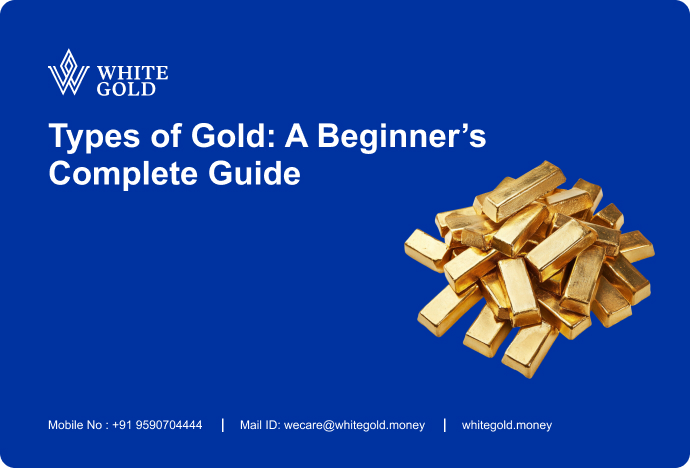Understanding Why You Get Less Money For Your Pledged Gold

5min read

In times of financial need, many individuals turn to their gold assets as a source of quick cash. Whether it’s for emergencies, debt repayment, or funding a significant life event, the practice of pledging gold has been prevalent across cultures for centuries.
Although the pratice remains the same the process has evolved and one of the most common concern among those who choose to pledged gold for money is the realization that they receive less money than the perceived value of their gold.
To comprehend why this occurs, it is essential to delve into the intricacies of the gold pledging process, in this blog we will understand how the gold loan amount is calculated by the lender and why the amount varies.
1. Loan-to-Value (LTV) Ratio
The primary factor influencing the amount you receive for your pledged gold is the Loan-to-Value (LTV) ratio. LTV is a financial term representing the ratio of a loan to the value of an asset purchased. In the context of gold pledging, it signifies the proportion of the loan amount provided by the lender concerning the appraised value of the gold. Lenders typically establish conservative LTV ratios to mitigate their risk exposure.
For instance, if the lender offers an LTV ratio of 75%, it means they are willing to lend up to 75% of the gold’s appraised value. This conservative approach protects the lender in case the borrower defaults on the loan and the gold needs to be sold to recover the funds. The lower the LTV ratio, the less money the borrower receives for their pledged gold.
2. Administrative Costs and Fees
When pledging gold, borrowers should be aware of the administrative costs and fees associated with the transaction. Lenders often charge various fees for appraising the gold, storing it securely, and managing the documentation process. These costs are subtracted from the loan amount, reducing the final sum handed to the borrower.
Moreover, gold loan interest rates can be higher than traditional loans due to the perceived risk involved in lending against a tangible asset. These interest charges accumulate over the loan tenure, further affecting the overall amount received by the borrower.
3. Gold Purity and Weight
The purity and weight of the pledged gold significantly impact the final loan amount. Gold jewellery is seldom made of pure gold; it is usually alloyed with other metals to enhance durability. Lenders consider the net purity of the gold when determining its value. Gold with a higher purity level commands a better price and, therefore, a higher loan amount.
Additionally, the weight of the gold directly influences the loan value. Most lenders employ precise scales to measure the weight of gold accurately. However, it’s crucial for borrowers to be aware that the weight measured may differ slightly from the weight engraved on their jewellery, as lenders or buyers will not consider gemstones and embellishments.
4. Market Fluctuations
The value of gold is subject to market fluctuations, and this volatility can affect the loan amount. Lenders typically assess the current market value of gold before determining the loan amount. If the market experiences a downturn in gold prices, borrowers may receive less money for their pledged gold. Conversely, during periods of rising gold prices, borrowers might benefit from a higher loan amount.
5. Loan Repayment Period
The duration for which the borrower pledges their gold can impact the final amount received. Longer loan tenures often result in higher interest accrual, reducing the net amount disbursed to the borrower. It’s essential for individuals pledging gold to carefully consider the repayment terms and choose a tenure that aligns with their financial capabilities.
6. Lender Policies and Practices
Different lenders may have varying policies and practices when it comes to gold pledging. It’s crucial for borrowers to thoroughly understand the terms and conditions set by the lender. Some lenders may have more lenient policies regarding fees or offer higher LTV ratios, resulting in a more favorable deal for the borrower.
Conclusion
In conclusion, the discrepancy between the perceived value of pledged gold and the amount received can be attributed to a combination of factors. The Loan-to-Value ratio, administrative costs, gold purity and weight, market fluctuations, loan repayment period, and lender policies all play a role in determining the final amount disbursed.
While pledging gold can provide a quick financial solution, individuals must approach the process with awareness and carefully evaluate the terms offered by the lender. Understanding the intricacies of the transaction ensures that borrowers make informed decisions and receive the best possible value for their pledged gold.
If you are unable to repay your gold loan and wish to release your pledged gold, contact White Gold







